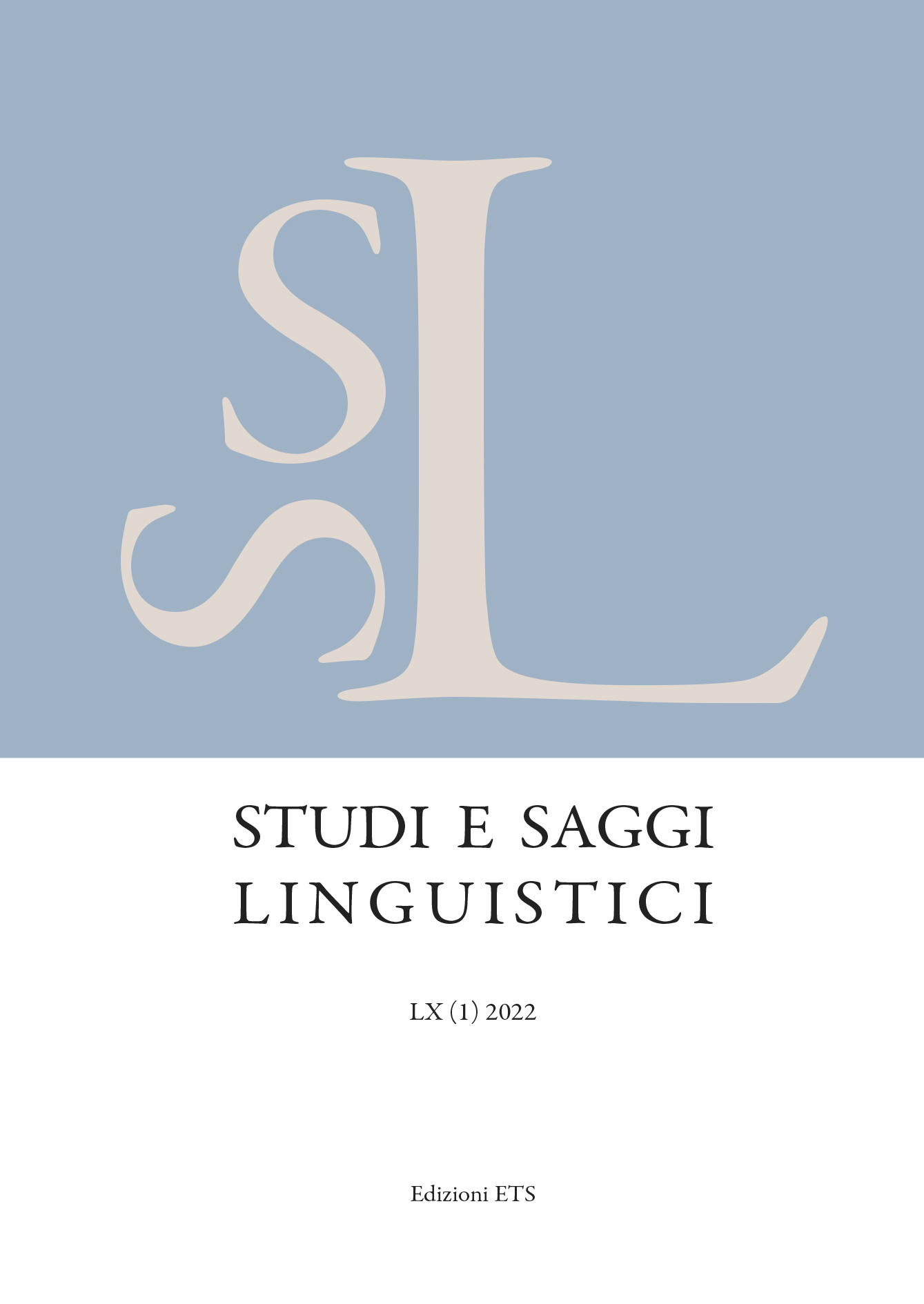Publiée 2022-07-27
Mots-clés
- Bacrtian,
- umlaut,
- Iranian historical phonology
Résumé
The goal of this contribution is to study the phonetically grounded diachronic phonological change known as ‘umlaut’ in Bactrian. In particular this regards the fronting (palatalizing) in Bactrian of a to i and of ā to ē before high front vowels, as well as the backing and rounding of a to o before u. The studies devoted to Bactrian phonology mention the i-umlaut labelled as palatalization, but disregard the u-umlaut (Morgenstierne 1970, Sims-Williams 1988, 1989). In Gholami (2014) both phenomena are described: the i-umlaut as palatalization (Gholami 2014: 34-35) and u-umlaut as sporadic vowel assimilation (Gholami 2014: 35).What has not yet been noticed is that while cases where the front vowels arise are context-free (i.e. without conditioning environments), the backing and rounding of a to o before u is context-sensitive, since it occurs only in a labial environment: see Bactrian μολο ‘wine’ < *madu-, compared with Bactrian κασοκο ‘little’ < *kasu-ka-, Avestan kasu-.
The aim of this paper is to re-examine Bactrian umlaut and to offer a systematic description ofthis sound change in a different positions.
